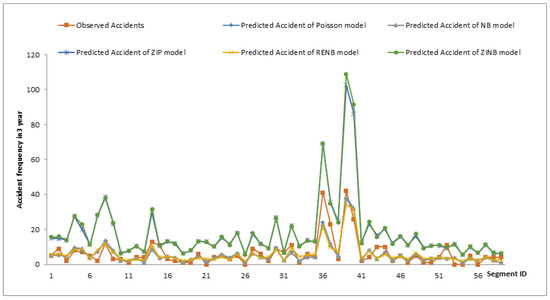Sustainability 2022, 14(13), 7716; https://doi.org/10.3390/su14137716 - 24 Jun 2022
Cited by 4 | Viewed by 3918
Abstract
During the urbanization process in Jeddah, evidenced by an annual population growth rate of 9.5%, vacant lots have existed in developed residential areas in spite of the housing shortage. This study aimed at investigating the housing shortage problem and suggesting future solutions based
[...] Read more.
During the urbanization process in Jeddah, evidenced by an annual population growth rate of 9.5%, vacant lots have existed in developed residential areas in spite of the housing shortage. This study aimed at investigating the housing shortage problem and suggesting future solutions based on a predictive formula through four tasks: (1) examining the issues induced by population growth; (2) assessing the extent to which articles in the Procedure Manual for Preparation of Residential Land Subdivision (PMPRLS) foster diversity within villa-type neighborhoods; (3) clarifying the extent of the applicability of these articles and the contribution of existing neighborhood patterns to the housing shortage problem; and (4) providing recommendations for developing each kind of villa-type neighborhood to contribute to resolving the housing shortage. The proposed development methods for villa-type neighborhoods were derived from a correlation analysis using PMPRLS-related indicators in all such neighborhoods (103 study sites) in Jeddah and from a predictive regression analysis. This study suggests that each neighborhood class can contribute to resolving the housing shortage problem. In conclusion, diversifying lot areas, population density, and lot widths in current villa-type neighborhoods would have a positive impact on the housing shortage problem.
Full article
(This article belongs to the Topic Sustainability in Heritage and Urban Planning)
►
Show Figures










